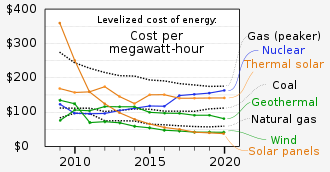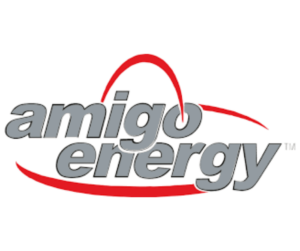How does propane work and what are its benefits?
December 15, 2022

Also known as LPG, propane is a locally produced fuel. Using propane as a fuel for vehicles increases energy Flagship Power Rates savings, can provide on-site fueling efficiency, and reduce air pollution and environmental impact from vehicles.
Energy conservation
The United States became a net oil exporter in 2020, with imports outpacing exports, although imports of 7.86 million barrels per day remain an important factor in balancing supply and demand in domestic and international markets. Overall, the transportation sector accounts for about 30% of US energy needs and 70% of US oil consumption. The transition of US gasoline to domestic fuels like propane, much of which is produced here and distributed through established infrastructure, has helped reduce our oil imports in recent years. The use of alternative fuels and other advanced technologies to reduce fuel consumption continues to increase national security and reduce energy costs for businesses and consumers.
Access to vehicles and equipment
A wide variety of heavy-duty propane vehicles are available from original equipment manufacturers and select retailers.

Although a propane car can cost thousands of dollars more than a comparable gasoline car, the cost of the fuel itself is usually lower than gasoline, so the return on investment can be quick. Compared to diesel vehicles (such as school buses), however, propane models can cost the same as their diesel counterparts due to diesel vehicles being more expensive and controlling emissions. Fleets and consumers can also economically, safely, and reliably convert gasoline-powered vehicles to propane using qualified system restorers. All vehicle and engine modifications must meet air and safety standards and regulations. All vehicle conversions and engines must meet U.S. safety standards and regulations. Environmental Protection Agency, National Highway Traffic Safety Administration, and National Fire Protection Association were established.
Propane stations are classified as primary or secondary. The first port has established a bus service and is often cheaper than the second port, which leads the propane and cylinder market. Fleets can use existing public equipment or work with propane distributors to establish private equipment and pricing arrangements, which can significantly reduce fuel costs. Negotiating supply agreements can be beneficial for the fleet in terms of reducing overall fuel costs. The amount to be paid will depend on the volume of fuel shown in the contract and the complexity of the equipment to be installed.
Fuel economy and performance
Propane at major utility sites (those that typically use fuel trucks) typically cost less per gallon than gasoline, and propane vehicles offer the same mileage as gasoline vehicles. British Propane’s air quality units per gallon result in lower fuel economy, but its lower cost per gallon can easily make up for poor fuel economy.
The ability to lower operating costs makes propane a popular choice for high-end vehicles. Propane’s high octane rating, combined with its low carbon and low fuel pollution characteristics, has resulted in better engine life than gasoline engines. Cold start problems can be reduced. This is because the fuel mixture (propane and air) is completely saturated when it enters the engine’s combustion chamber, and propane engines do not require a rich fuel mixture when cold weather begins. like other gasoline engines.
Public health and the environment
Compared to diesel and gasoline vehicles, propane vehicles can produce less harmful greenhouse gas emissions, depending on the vehicle type, driving cycle, and fuel composition.
